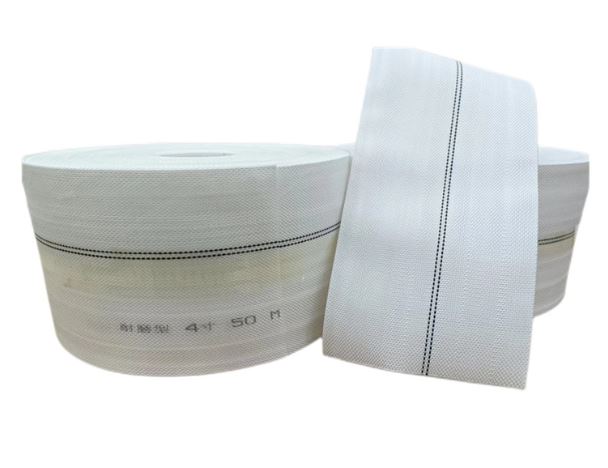Different Types of Fire Hoses and Their Uses in Emergency Situations
Types of Hoses in Firefighting
Firefighting is a highly specialized field that requires the use of various tools and equipment to combat and control fires effectively. Among these essential tools, hoses play a critical role in delivering water or fire-retardant substances directly to the fire. Understanding the different types of hoses used in firefighting is crucial for effective fire suppression and safety. In this article, we will explore the main types of hoses used by firefighters, their characteristics, and their applications.
1. Attack Hoses
Attack hoses are primarily designed for direct fire suppression. These hoses are capable of handling high pressures and are typically made from materials that can withstand extreme temperatures and abrasion. There are two primary types of attack hoses
- Pre-connect Hoses These hoses are often pre-connected to fire engines and can be quickly deployed in emergencies. They come in various diameters, usually ranging from 1.5 to 2.5 inches, and are used for both interior and exterior firefighting.
- Flat Hoses These are more flexible and lightweight, making them easier to maneuver in tight spaces. Flat hoses are often used for wildland firefighting and are suitable for a variety of environments.
2. Supply Hoses
Supply hoses are used to transport water from a hydrant or other water source to the fire engine or pump. These hoses are typically larger in diameter, usually ranging from 2.5 inches to 5 inches, to accommodate the high volume of water needed for firefighting. Supply hoses are made from durable materials to withstand wear and tear during deployment.
- Ladder Hoses A specific type of supply hose that connects aerial devices like ladders to a water source allows firefighters to attack fires from above
.types of hoses in fire

- Hard Suction Hoses These hoses are used to draft water from static sources, such as lakes or ponds. They are equipped with a sturdy coupling and are designed to withstand negative pressure.
3. Booster Hoses
Booster hoses are smaller-diameter hoses, generally around 1 inch in diameter, designed for quick response firefighting operations. They are primarily used for grass fires, small blazes, or as backup lines for larger attack hoses. Booster hoses are lightweight and often found on fire apparatus in coils, making them easy to deploy rapidly without complex setup.
4. Wildland Firefighting Hoses
Wildland firefighting requires specialized hoses designed to operate in rugged terrain and extreme conditions. These hoses are typically lighter and more flexible than standard fire hoses, allowing firefighters to maneuver easily through forests and brush. They are often constructed with materials that resist abrasion and withstand high pressures while delivering large volumes of water.
5. Chemical Hoses
In some situations, firefighters must use chemicals or foam to suppress fires, particularly in industrial or hazardous material incidents. Chemical hoses are specifically designed to handle corrosive substances and often feature special linings to prevent degradation from chemical exposure.
Conclusion
The variety of hoses used in firefighting reflects the diverse challenges firefighters face in their line of duty. From attack and supply hoses to booster and wildland firefighting hoses, each type serves a unique purpose in maximizing firefighting effectiveness. Understanding these differences helps ensure that firefighters are prepared for any situation, ultimately leading to more successful outcomes in their mission to protect lives and property from the ravages of fire. Investing in proper training and equipment selection is crucial for firefighters, as the right hose can make a significant difference in an emergency response.
-
Unrivaled Performance and Applications of PU Pneumatic Hoses and TubesNewsJun.11,2025
-
The Transparent World of Industrial Tubing and Hosing SolutionsNewsJun.11,2025
-
The Intricate World of Pneumatic Conduits: Tubes and HosesNewsJun.11,2025
-
The Dynamic Landscape of Pneumatic Conduits: Unraveling Key ComponentsNewsJun.11,2025
-
The Diverse Applications and Significance of Transparent PVC TubingNewsJun.11,2025
-
High - Pressure Pneumatic Tubing and Systems: An In - Depth LookNewsJun.11,2025














